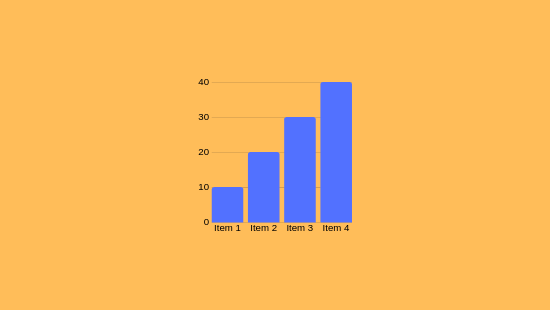
As you explore forex measurements, you'll discover they are computational techniques analyzing price and volume data to forecast market movements. These indicators assist in identifying market patterns, validating signals, and detecting extreme market conditions scenarios. For example, the Relative Strength Index (RSI) tracks market force, while Bollinger indicators assess volatility. Enhancing your trade techniques by combining these metrics is crucial, especially if aiming to control risks adeptly.
Grasping the Core of Forex Indicators
Forex measurement tools are mathematical aids integrated in graphs to assist traders in scrutinizing market dynamics and making informed decisions. They provide perspectives into price changes and potential trading opportunities by examining past and present market figures.
Forex indicators are divided into four main types: trend indicators (e.g., Moving Averages), momentum indicators (e.g., Relative Strength Index), volatility indicators (e.g., Bollinger Bands), and volume indicators.
These instruments can signal reversals, validate ongoing patterns, or indicate extreme buying/selling. If you're focused on refining your trading strategy, understanding these indicators is vital.
Categories of Forex Analytical Instruments
Upon evaluating market trends, investors usually employ a selection of measures to aid in decision-making.
Forex tools are categorized into different classifications, each serving specific purposes.
Trend Indicators like Moving Averages (MA) and Bollinger Bands assist in detecting trends and possible price surges.
Momentum Indicators, including the Moving Average Convergence/Divergence (MACD) and Relative Strength Index (RSI), identify momentum changes and indicate excessive buying/selling.
Volatility Indicators like the Average True Range (ATR) measure fluctuations, helping traders in setting stop-loss thresholds.
If used strategically, these tools can enhance trade outcomes.
Essential Instruments for Trading Choices
To effectively make trading decisions, grasping and utilizing key measures that analyze market conditions is imperative.
Moving Averages display average prices over determined timeframes, revealing trends by evening out variations.
The Relative Strength Index measures momentum on a 0–100 scale, indicating excess buy above 70 and signaling oversold scenarios below 30.
MACD compares two EMAs to validate directional trends, with histograms displaying positive or negative trajectories.
Bollinger Bands apply standard deviations around a moving average to assess fluctuation and potential reversals.
Fibonacci Retracement levels denote price thresholds based on prior price movements.
Combining these measures boosts accuracy by verifying signals if congruent, enabling exact timing for currency pairs.
Employing Indicators in Risk Oversight
As you refine your trading strategy, effectively applying indicators for risk control is crucial. Tools like Moving Averages and Bollinger Bands gauge fluctuations and spot viable trade junctures for risk minimization.
These instruments allow for exact stop-loss orders and limit orders, which are key for modulating potential losses.
For instance, applying stop-loss orders restricts your loss to a certain amount, such as 2% of your trading capital per trade. This measured strategy helps in managing trading risks by limiting exposure to market volatility and leverage, which are notable risks in forex trading.
Combining Indicators for Enhanced Accuracy
Combining indicators is a accomplished tactic for boosting precision in forex trading. This method enables for the use of diverse instruments to evaluate several aspects of market dynamics, such as trends, momentum, and variability.
By utilizing indicators like Price Averages, RSI, and MACD, you can formulate resilient trade schemes. For example, pairing Moving Averages with RSI and Volume confirms trends and drive, while Bollinger Bands with Stochastic assess fluctuation and anticipate reversals.
If indicators from separate categories work together, duplications are reduced, and investment prompts are intensified.
Final Thoughts
You've understood how forex indicators operate, encompassing their types like trend, momentum, and volatility indicators. These instruments aid in uncovering read more pivots and confirming trend continuity. By integrating indicators, investment accuracy is boosted, and risk management is better managed. For instance, using the Relative Strength Index (RSI) to spot overbought conditions and Bollinger Bands to analyze fluctuation can improve your decisions.
Comments on “Forex Indicators: How They Work”